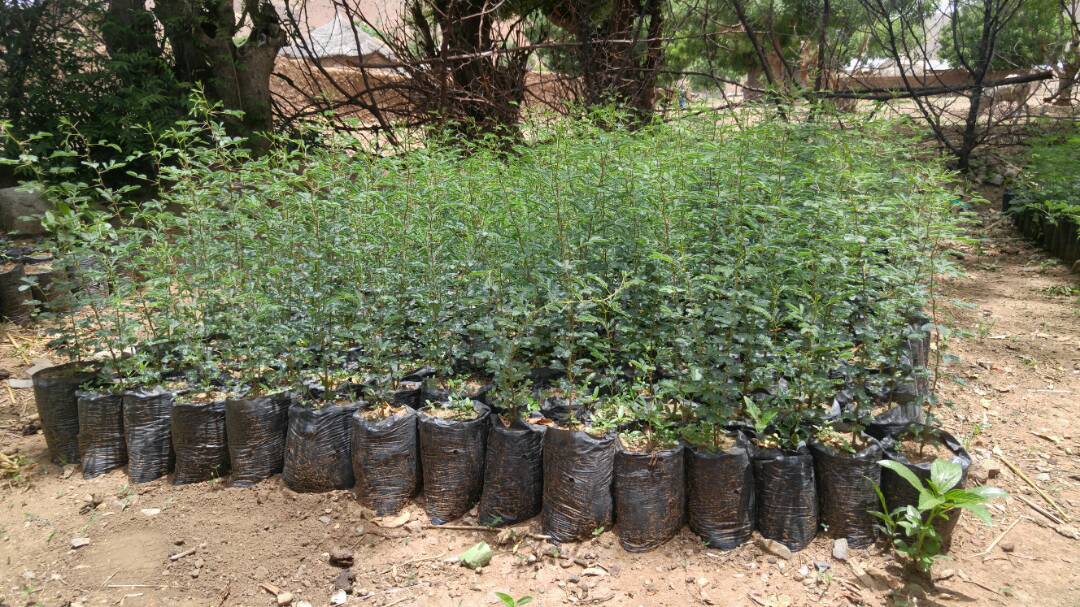Establishment and Development Support of Village Level Organizations.
From the execution of the participatory mapping and creation of medium term planning, it’s required to have short term follow up action plans such as:
1. Making the union of farmers, village owned company (Pondok Lada), research group is legally recognized both locally and nationally,
2. Support annual strategies that based on medium term planning, such as:
a. Farmers union is to increase the annual harvest volume, not expand their agriculture in water source protection area, using organic pesticide and fertilizer, grading pepper berries to be sold to the company, Pondok Lada.
b. The company buy graded pepper berries with the fair price that is disscussion with farmers union, producing post harvest product as a instant product, gradually transform to eco-packaging to reduce the impact of plastic waste.
c. Research group to teach how to grade pepper with global standard, teaching how to integrate each type of farming (pepper, fishery) by supplying each other nutrition.
This annual planning that is arranged by village has to be synchronized to district and national medium and long term planning in order to have better support from the government.
